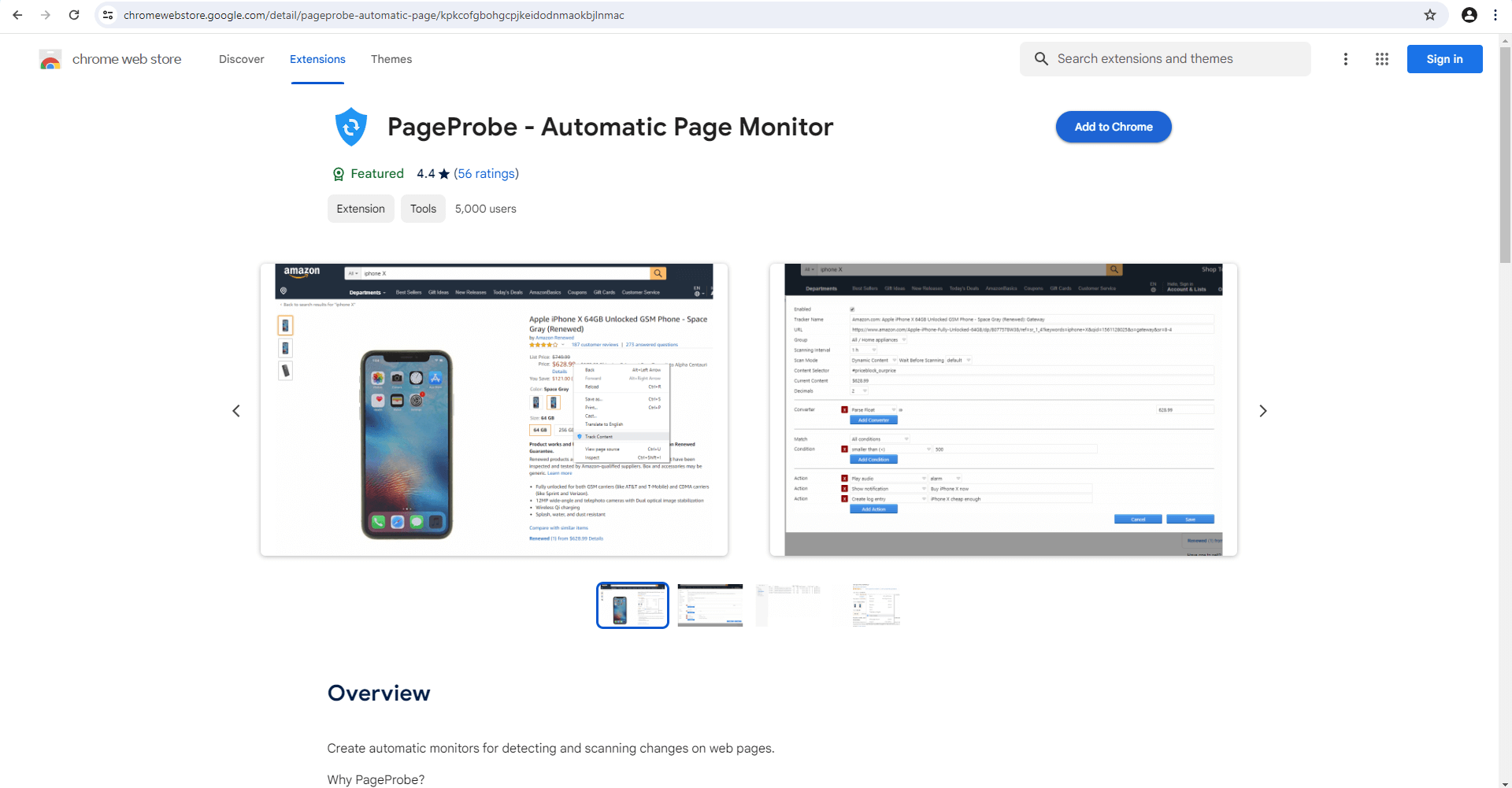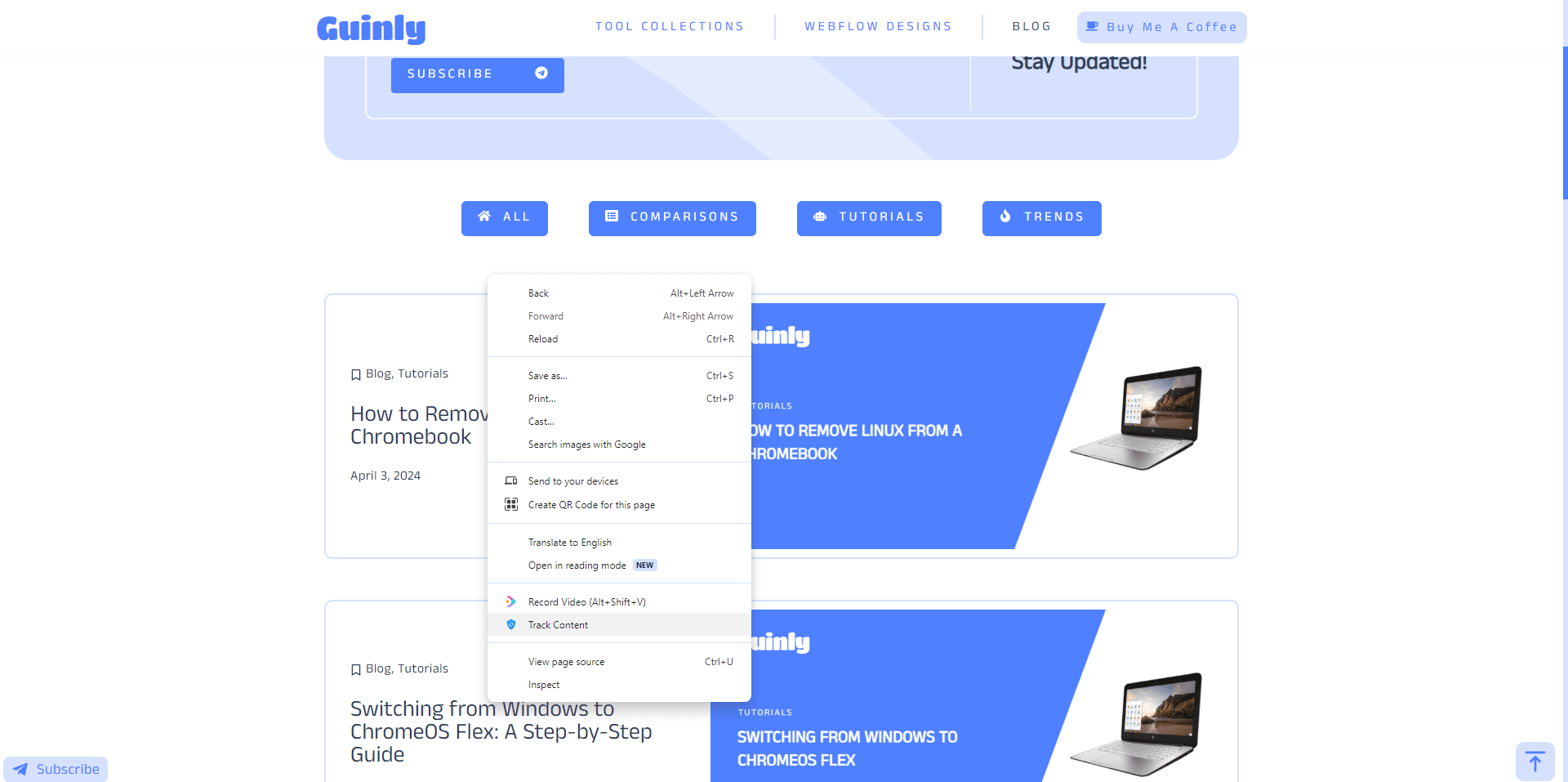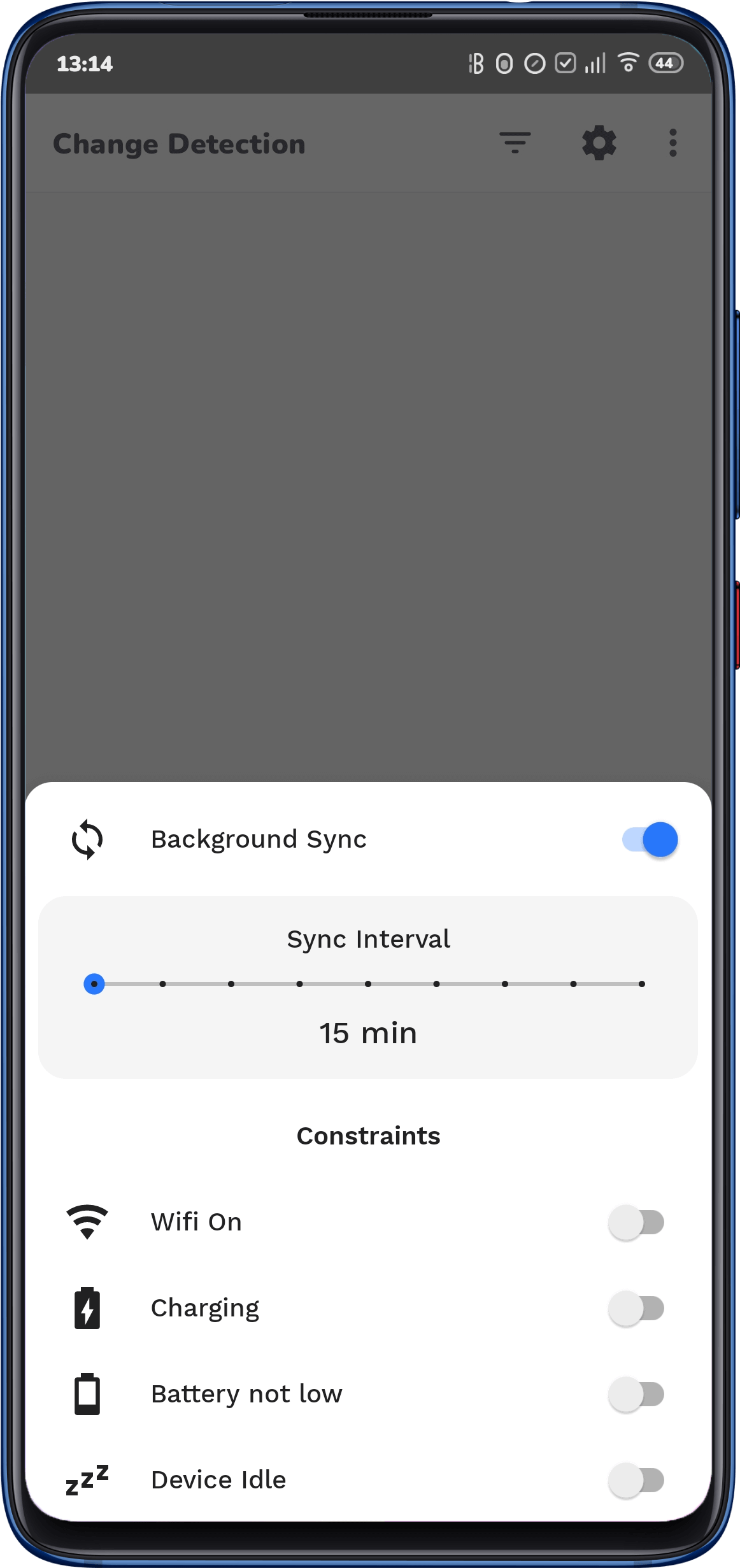In today’s fast-paced digital world, staying updated with the latest information is essential for students, developers, and reporters alike. Whether you’re monitoring news articles, software updates, or research publications, tracking changes to web pages can be a valuable tool. In this educational guide, we’ll explore three totally free methods to track a web page for changes, helping you stay informed and ahead of the curve.
Method 1: RSS Readers
RSS (Rich Site Summary or Really Simple Syndication) readers are a powerful tool for tracking changes to web pages, particularly for news articles, blogs, and other regularly updated content. RSS readers allow you to subscribe to RSS feeds from your favorite websites and receive updates whenever new content is published. Here’s how to use an RSS reader to track changes to a web page:

- Choose an RSS Reader: We recommend Twine – RSS Reader because it is easy to use, but there are many free RSS readers available, including Feedly, Inoreader, and The Old Reader. So, install your preferred RSS reader.
- Copy the RSS Feed URL: Navigate to the web page you want to track for changes. Look for the RSS feed icon or check our guide on how to find the RSS feed URL for almost any site.
- Open the App: After installing the app you like, save the feed. Here we are working on Twine – RSS Reader.

- Set Up Notifications: Swipe up to add the URL and paste the feed URL. You’ll receive mobile notifications whenever new content is published.
Using an RSS reader is a convenient and efficient way to track changes to web pages and stay informed about the latest updates and developments.
Method 2: Chrome Extension
If you’re a Chrome user, there are several free Chrome extensions available that can help you track changes to web pages directly from your browser. We like PageProbe. This extension typically monitors any part you select of the web pages in real-time and alerts you to any changes or updates. Here’s how to use PageProbe to track changes to a web page:
- Add PageProbe to Chrome: Click here and the “Add to Chrome” button. Follow the prompts to add the extension to your Chrome browser.

- Navigate to the Web Page: Once the extension is installed, navigate to the web page you want to track for changes.
- Select Section: Right-click on the element/section you want to track to configure the monitoring settings.

- Set Up Monitoring: Specify how often the extension checks for updates and choose whether to receive notifications via Telegram or browser alerts.

- Receive Notifications: PageProbe will automatically monitor the web page for changes according to your settings. You’ll receive notifications whenever the page is updated, allowing you to stay informed in real-time.
Using a Chrome extension is a convenient way to track changes to web pages directly from your browser, without the need for additional software or tools.
Method 3: Mobile App
Another free method for tracking changes to web pages is to use a Change Detection app. This app periodically scans web pages for changes in the source code and notifies you when updates are detected. While there are many change detection apps available, open source wins every time. So here’s how to use Change Detection App to track changes on a web page:
- Download Change Detection: Visit the link and download the free app.
- Set Up The App: Once you’ve installed the app. Click on the gear icon on top and choose the frequency

- Add Links: Enter the URL of the web page you want to track, rename the link you add and choose a color to organize them. Now you will automatically receive notifications whenever updates are detected on the page’s source code, allowing you to stay informed and react promptly to any changes.

Using a change detection app like Change Detection is an effective way to track changes to web pages and stay updated with the latest information.
Conclusion:
Tracking changes to web pages is a valuable skill for students, developers, and reporters alike. By using free methods such as RSS readers, Chrome extensions, and change detection apps, you can stay informed and ahead of the curve with minimal effort. Whether you’re monitoring news articles, software updates, or research publications, these tools will help you stay updated with the latest information and developments in your field. Start tracking changes to web pages today and take control of your digital workflow!






